A huge discovery
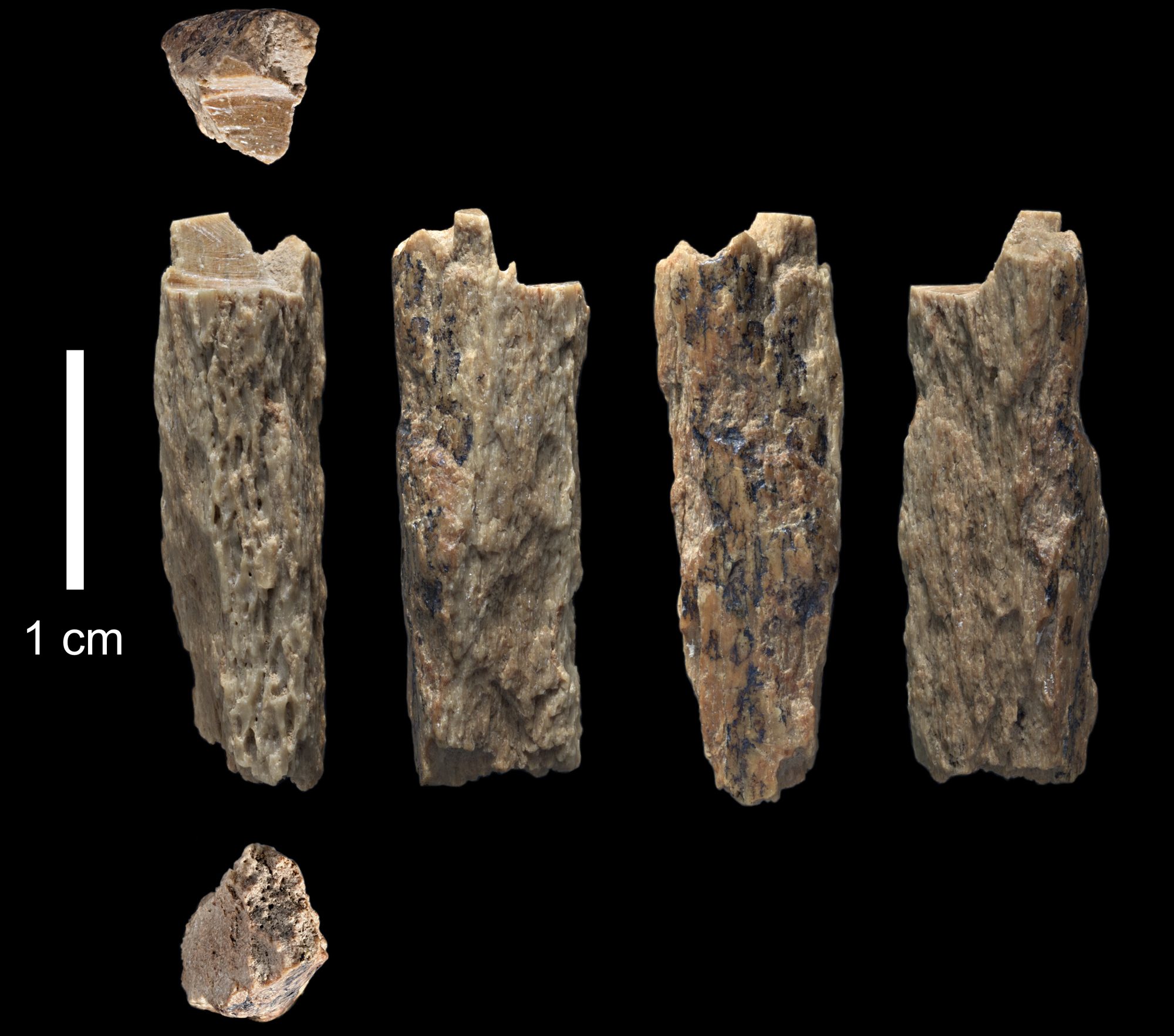
This bone fragment, called "Denisova 11," was found in 2012 at Denisova Cave in Russia by archaeologists. New DNA evidence reveals the bone originally came from a girl or woman who was the daughter of a Neandertal mother and a Denisovan father.
Remote cave
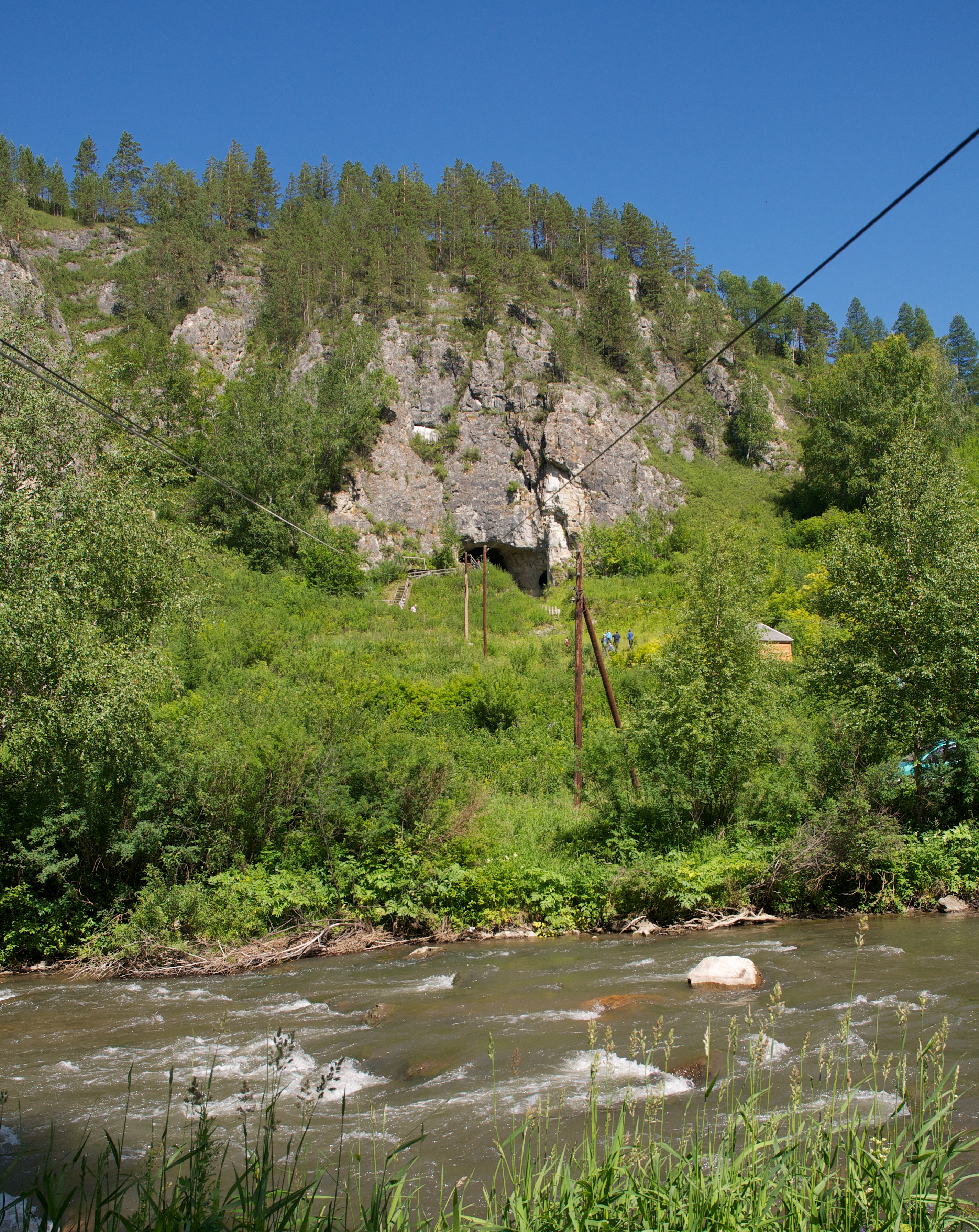
Here, a view of the Denisova Cave archaeological site in Russia, where the leg bone was found along with bones from Neanderthals and Denisovans.
Siberian locale

Another view of the valley from above the Denisova Cave archaeological site, Russia.
Hidden treasures
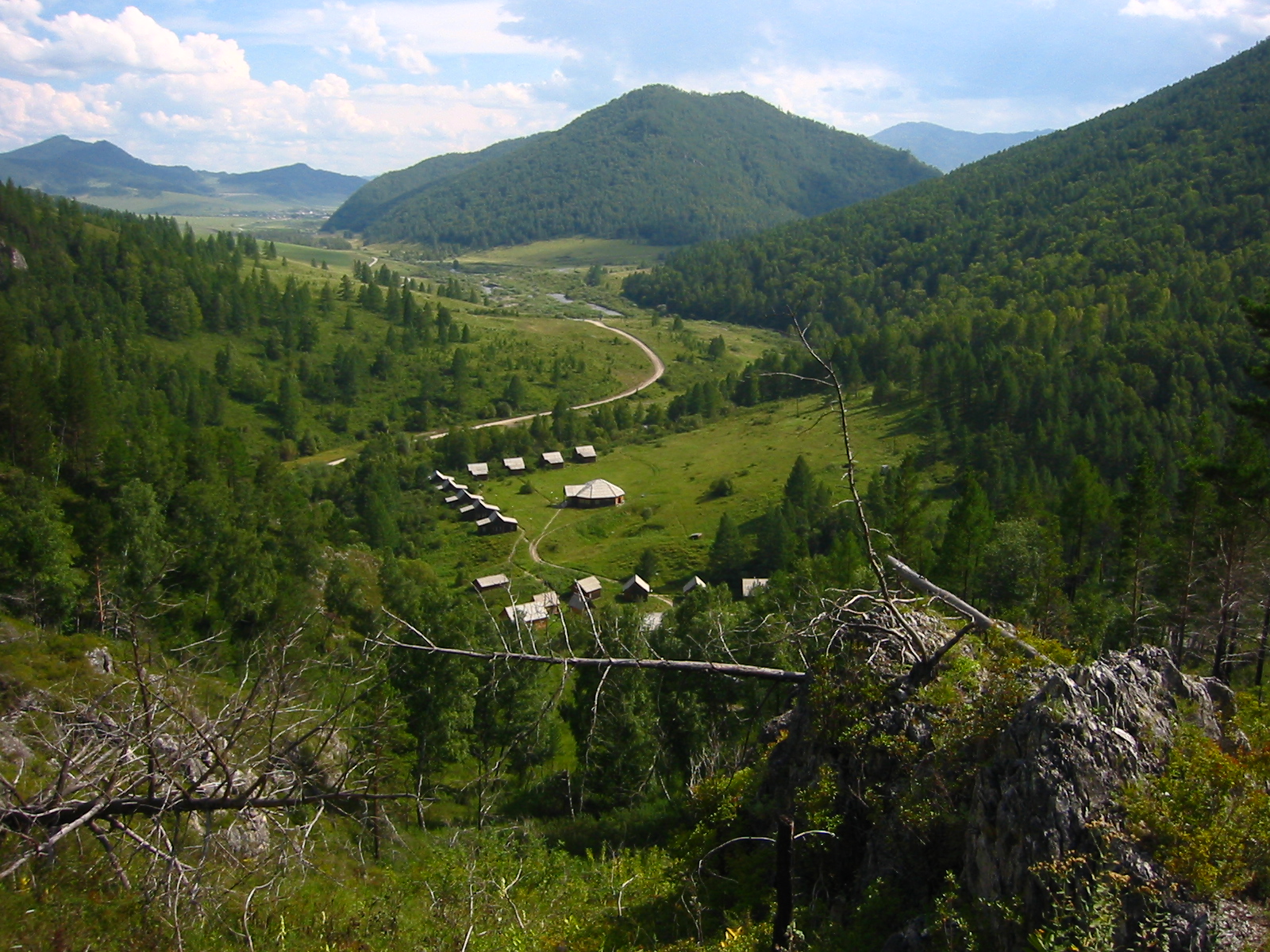
The valley in Siberia where the Denisova Cave archaeological site sits. It has yielded many new insights into some of our extinct, ancient human relatives.
Entering the site
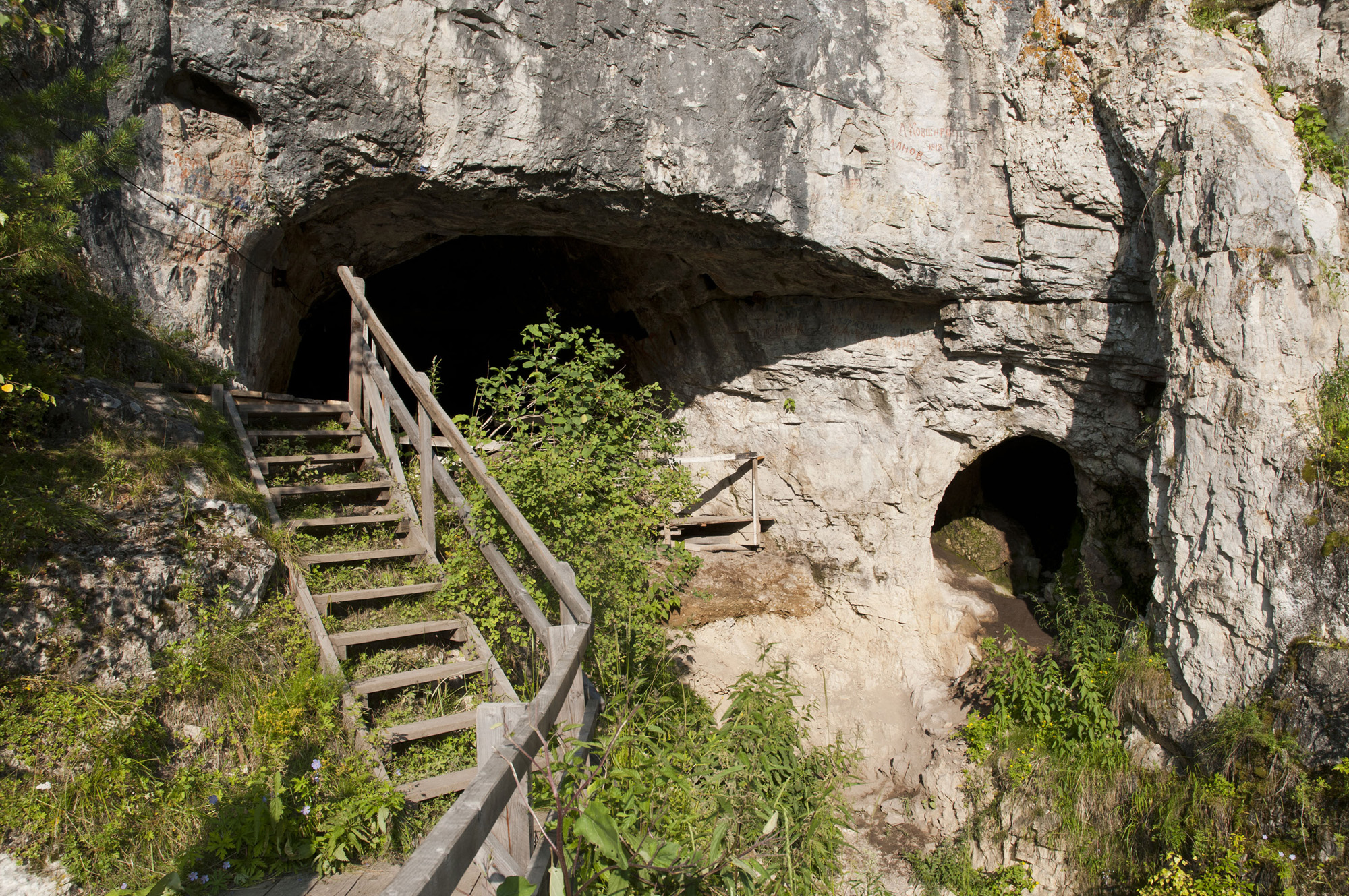
View of the entrance to the Denisova Cave archaeological site, Russia.
Excavations continue
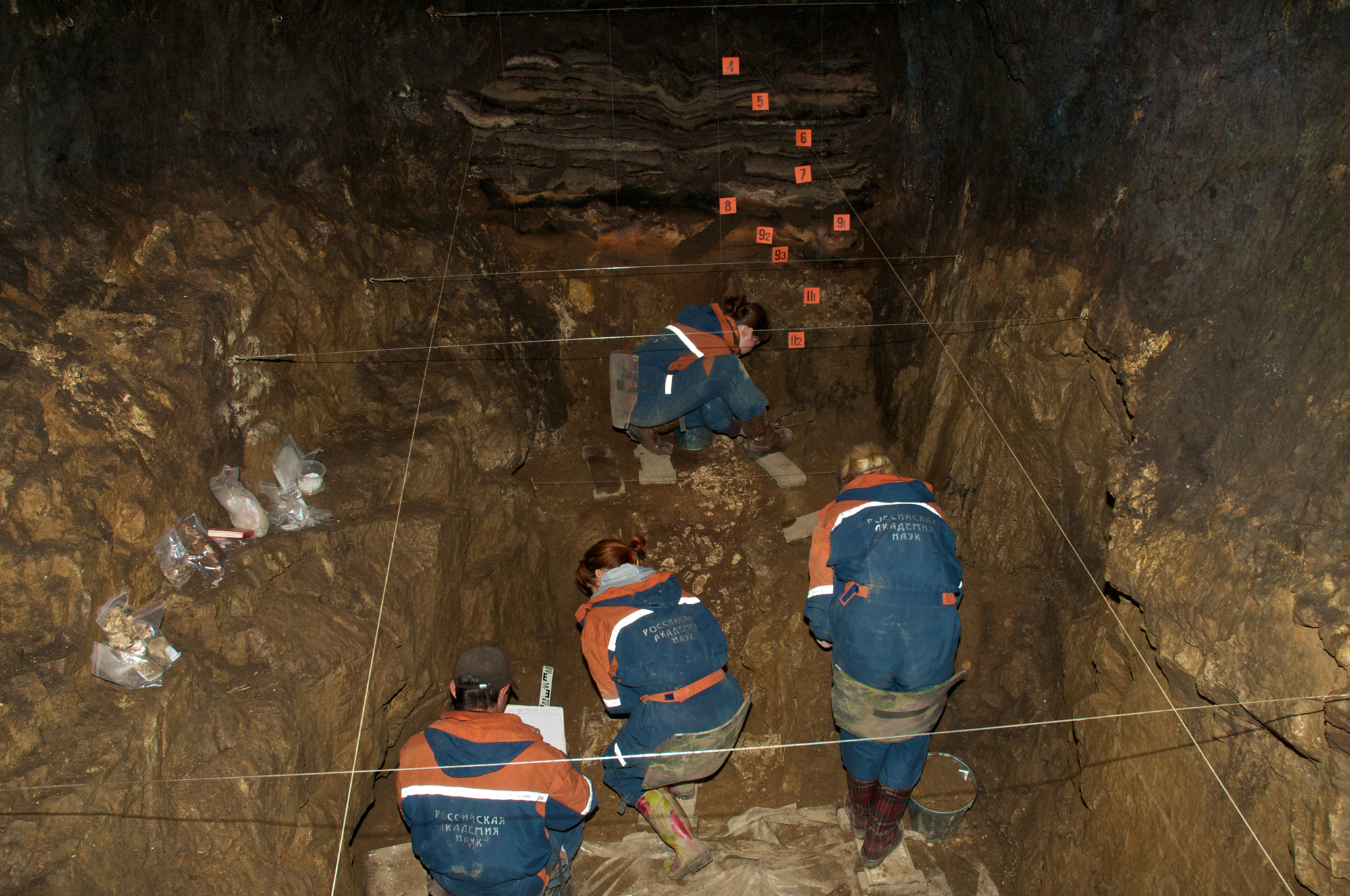
Researchers excavate the East Chamber of Denisova Cave, where the leg bone was found.
Unearthing bones
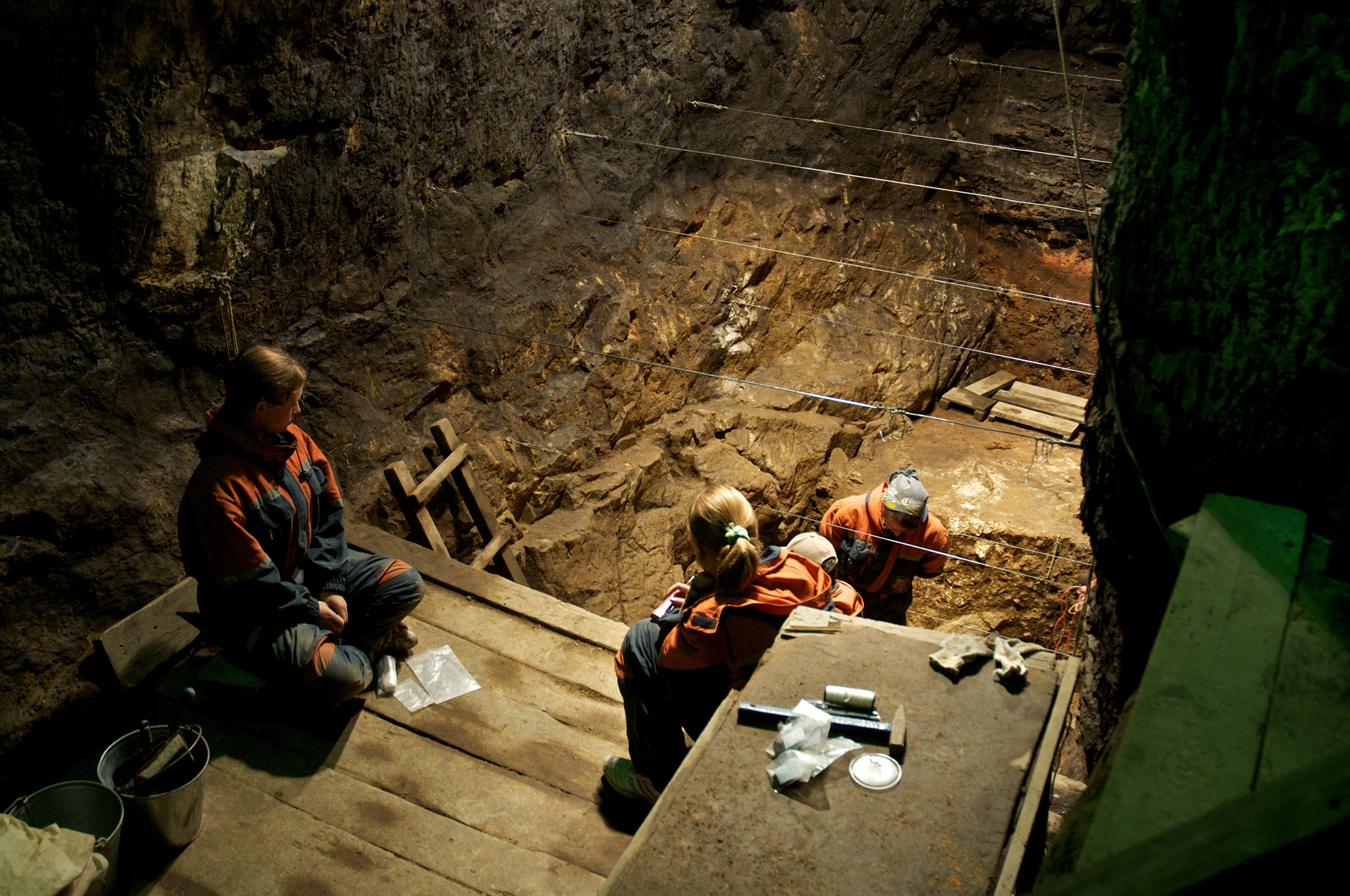
Here, researchers continue to excavate the East Chamber of Denisova Cave.
Sign up for the Live Science daily newsletter now
Get the world’s most fascinating discoveries delivered straight to your inbox.
Layers of history
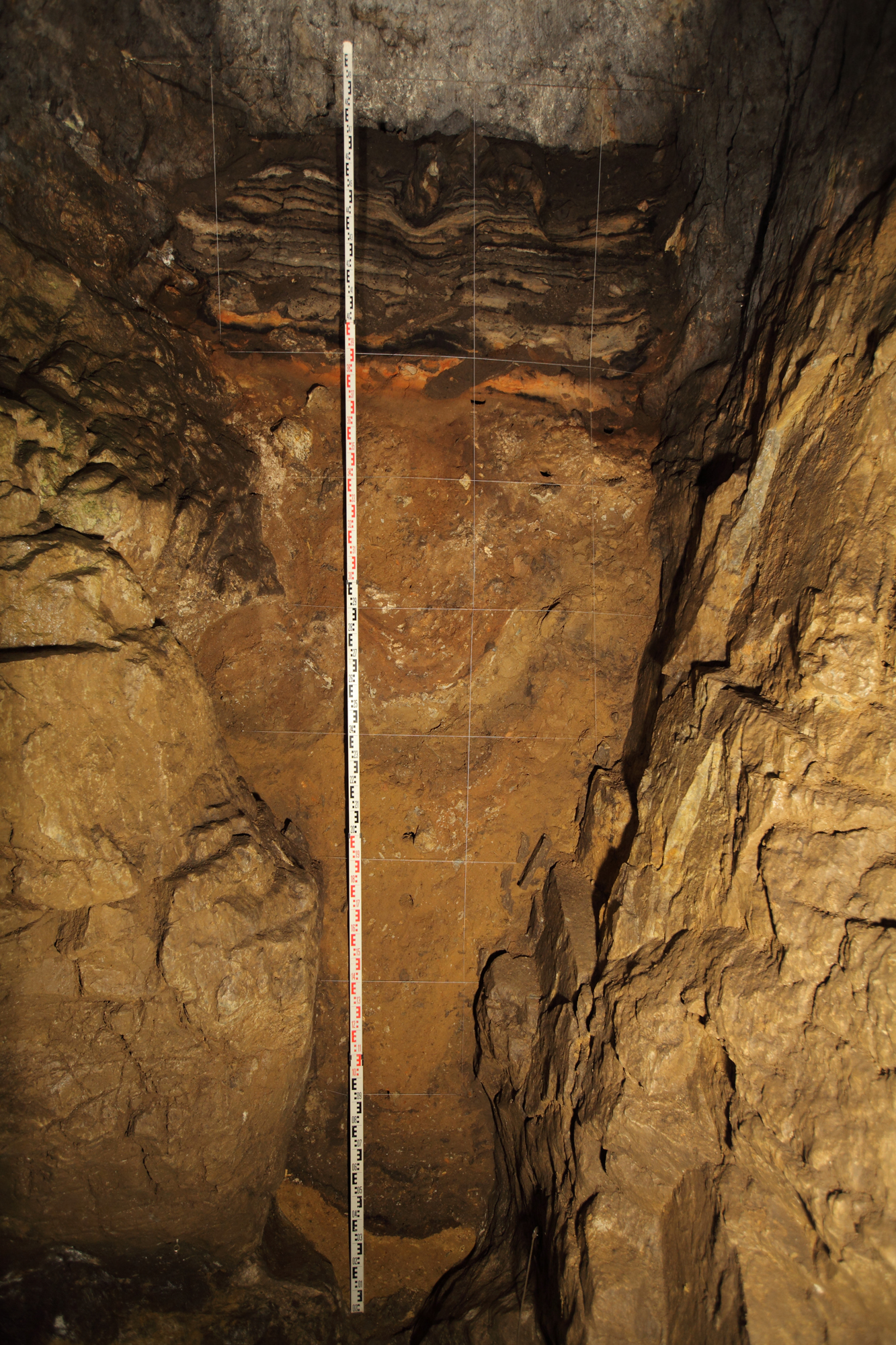
This stratigraphic profile of the East Chamber in Denisova Cave can reveal the ages of different archaeological finds.
Researchers unearth the past
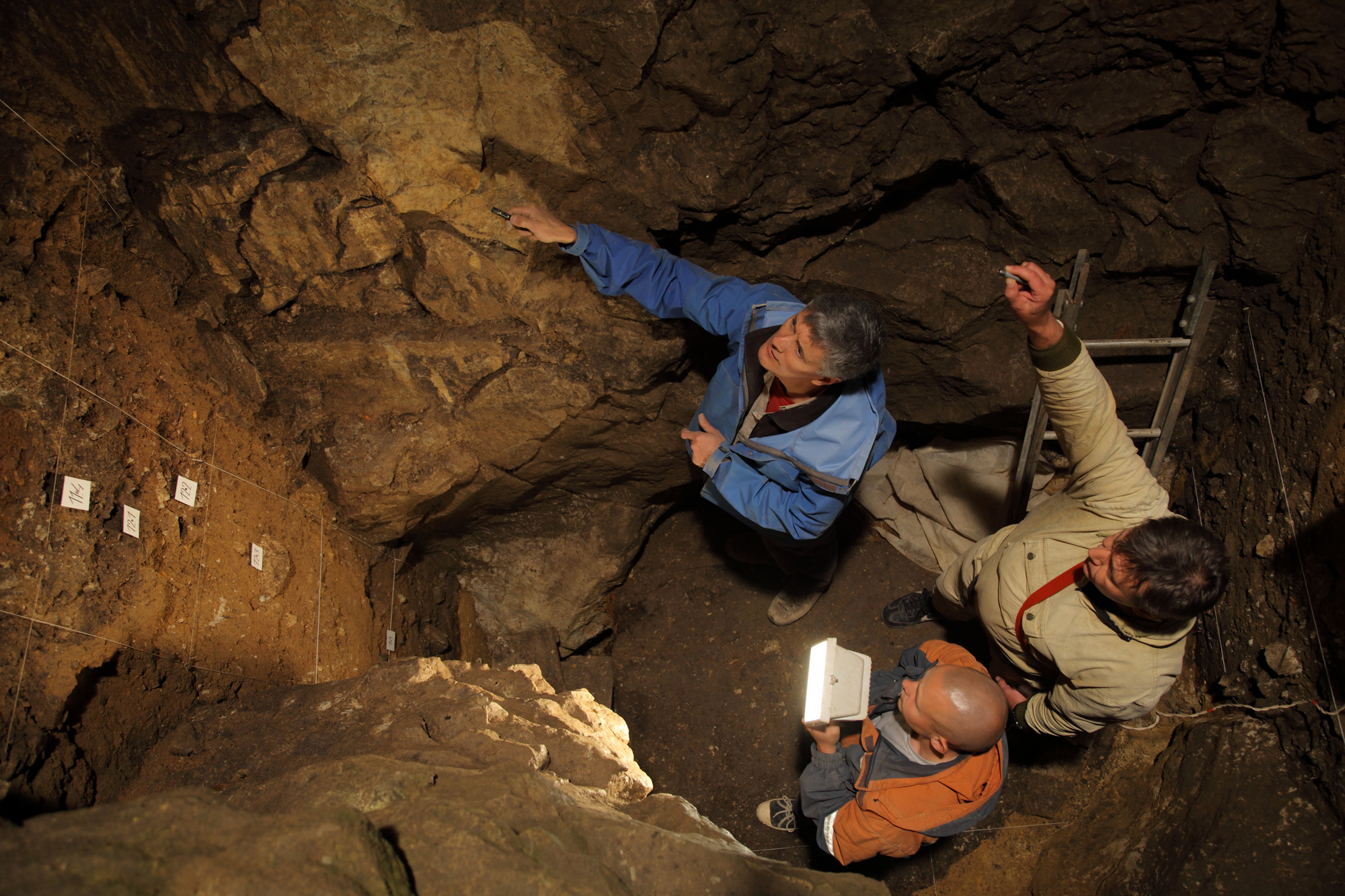
Richard (Bert) Roberts, Vladimir Ulianov and Maxim Kozlikin (clockwise from top) excavate in the East Chamber of Denisova Cave. The cave was already known to contain Neanderthal and Denisovan bones, though not necessarily from the same period.
Clean room
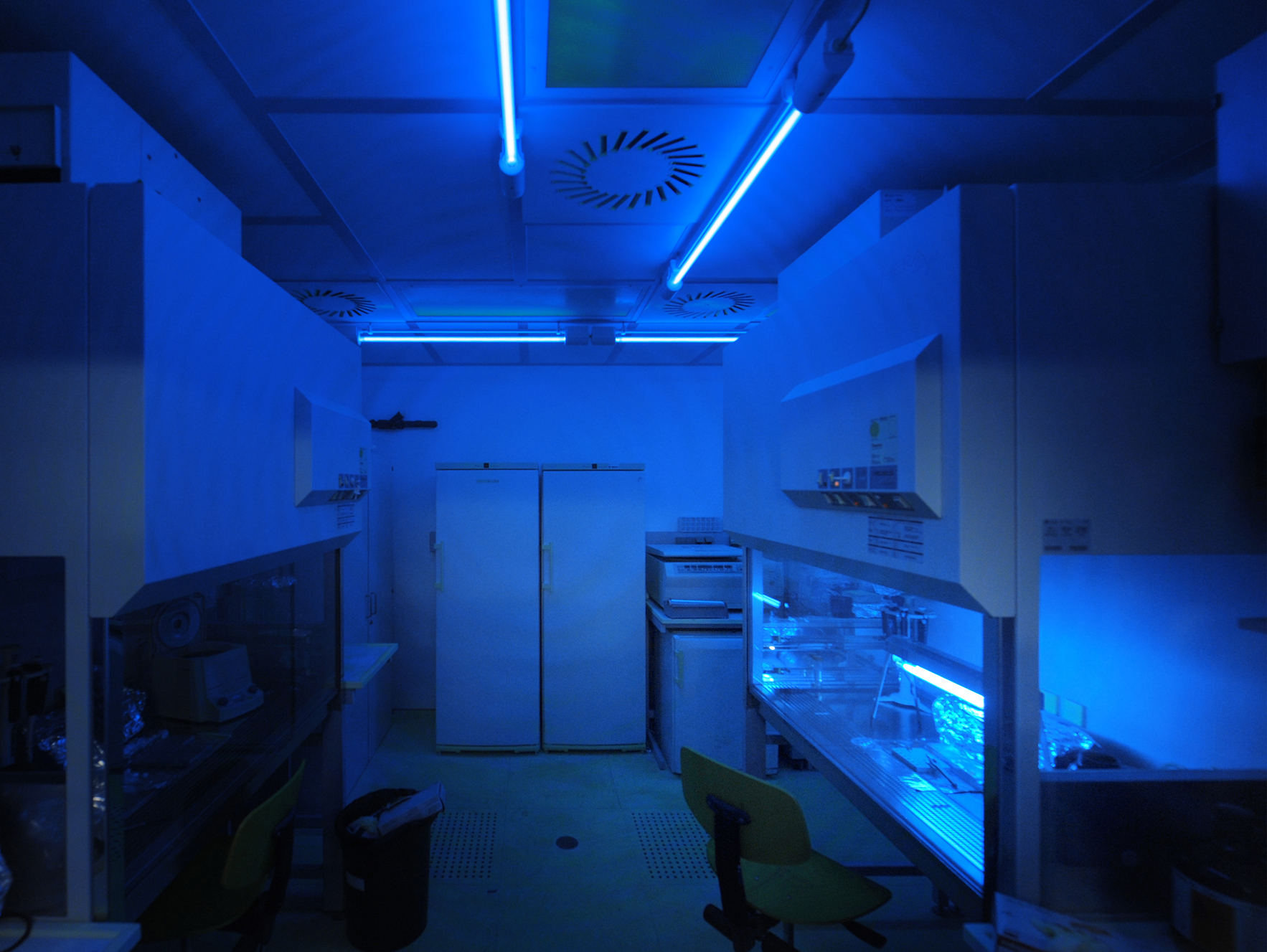
Here, the clean laboratory at the Max Planck Institute for Evolutionary Anthropology in Leipzig, Germany, where the ancient DNA was analyzed. Researchers must be meticulous to avoid contaminating ancient DNA samples.
Isolating the genes
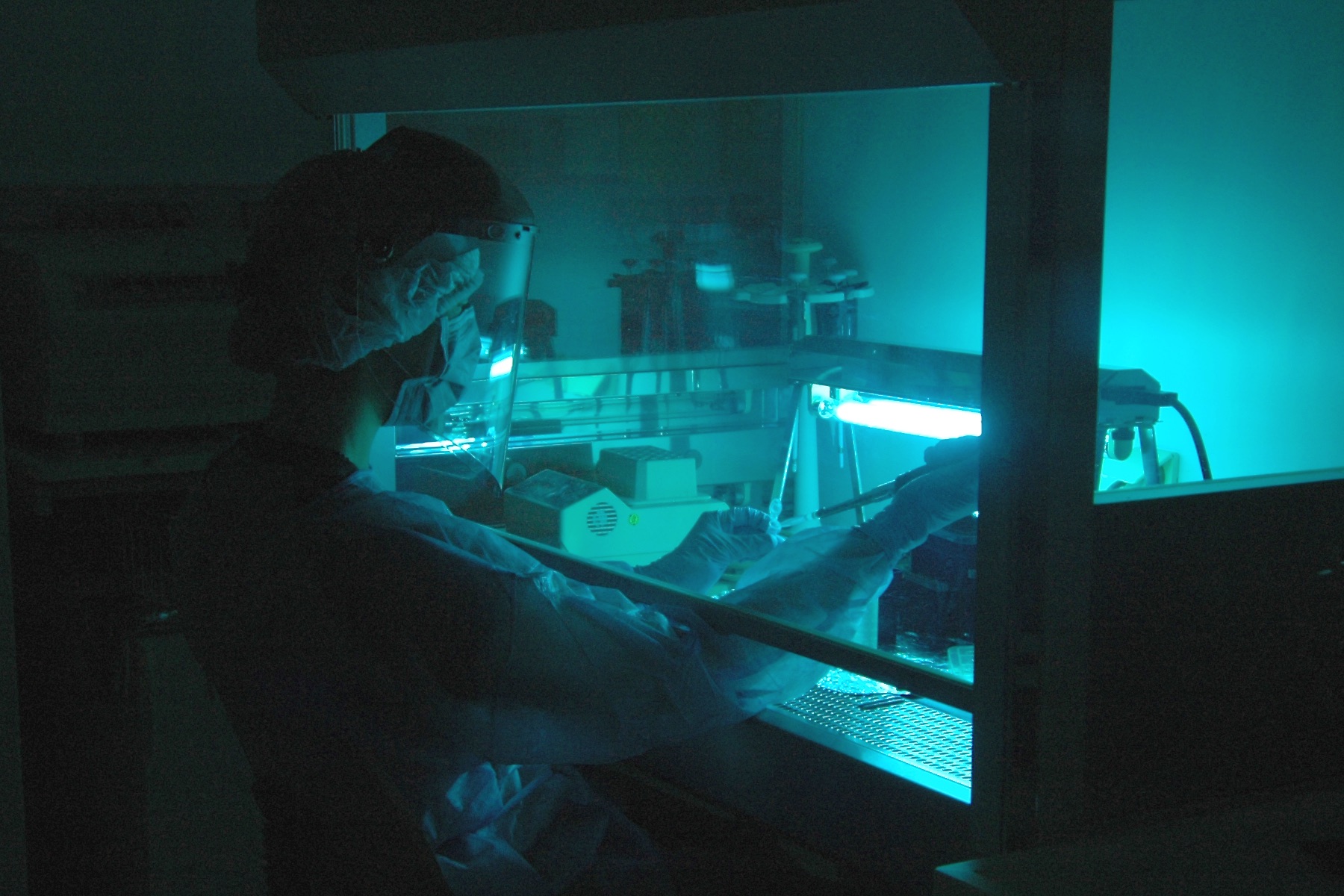
Researcher work in the clean laboratory at the Max Planck Institute for Evolutionary Anthropology.

Tia is the managing editor and was previously a senior writer for Live Science. Her work has appeared in Scientific American, Wired.com and other outlets. She holds a master's degree in bioengineering from the University of Washington, a graduate certificate in science writing from UC Santa Cruz and a bachelor's degree in mechanical engineering from the University of Texas at Austin. Tia was part of a team at the Milwaukee Journal Sentinel that published the Empty Cradles series on preterm births, which won multiple awards, including the 2012 Casey Medal for Meritorious Journalism.










